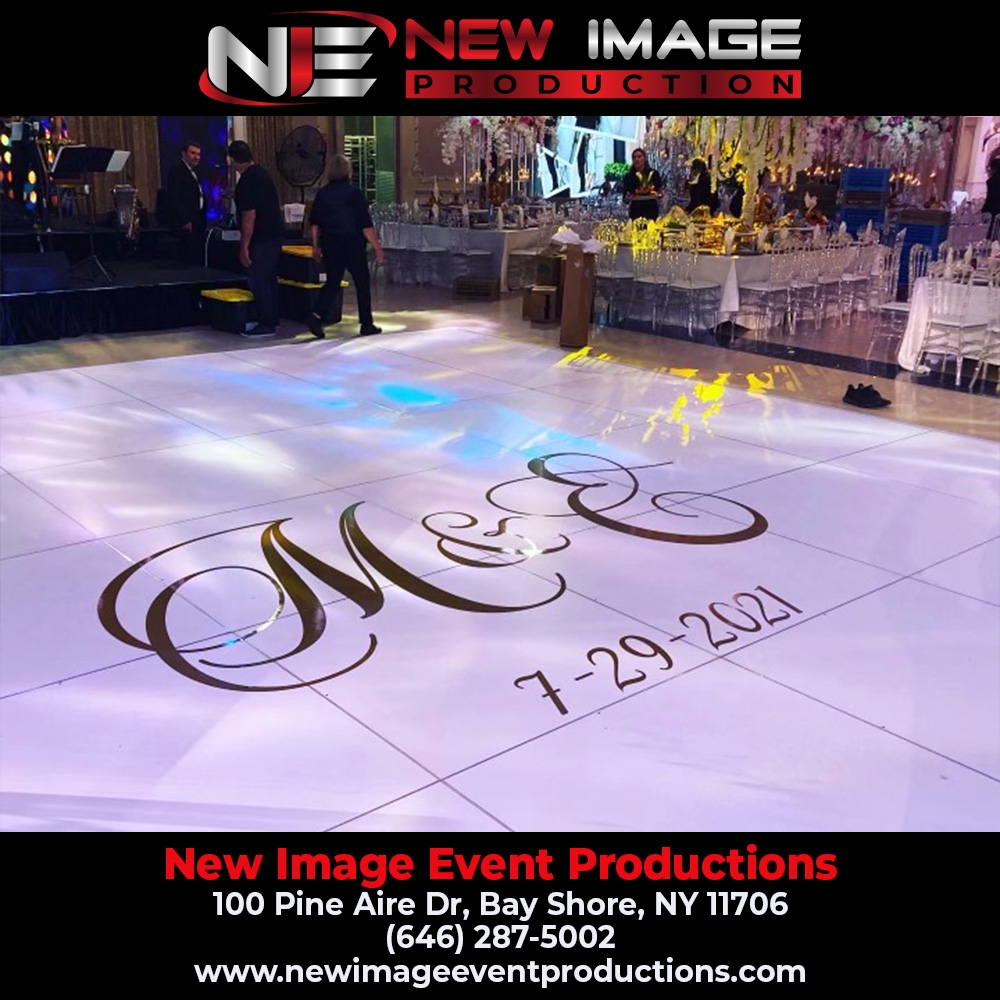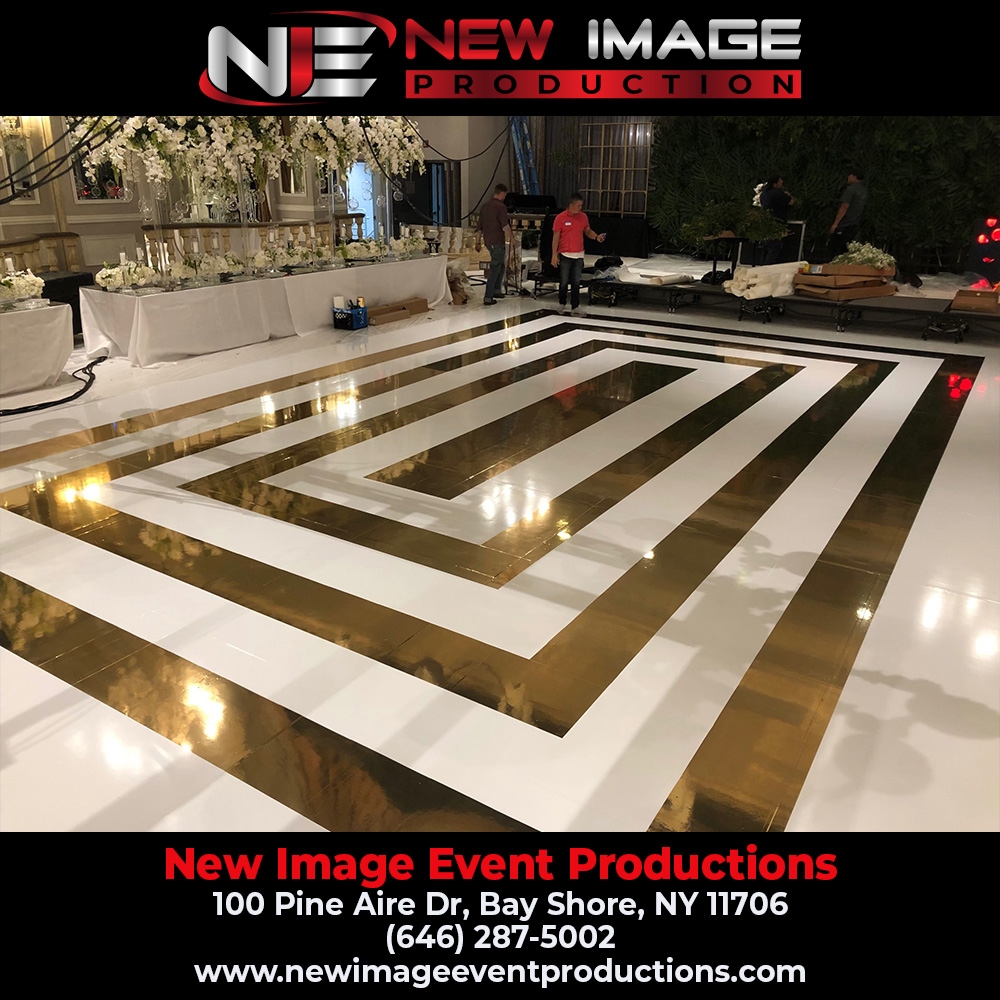Audio Snake Cables
What is the difference between a standard audio cable and an audio snake cable?
A standard audio cable is typically a single cable with two connectors used to transmit audio signals between devices. On the other hand, an audio snake cable is a multi-channel cable that combines multiple audio cables into one, allowing for the transmission of multiple audio signals simultaneously. This makes audio snake cables ideal for situations where multiple audio signals need to be routed efficiently, such as in live sound setups or recording studios.
Components of a Sound Reinforcement System








